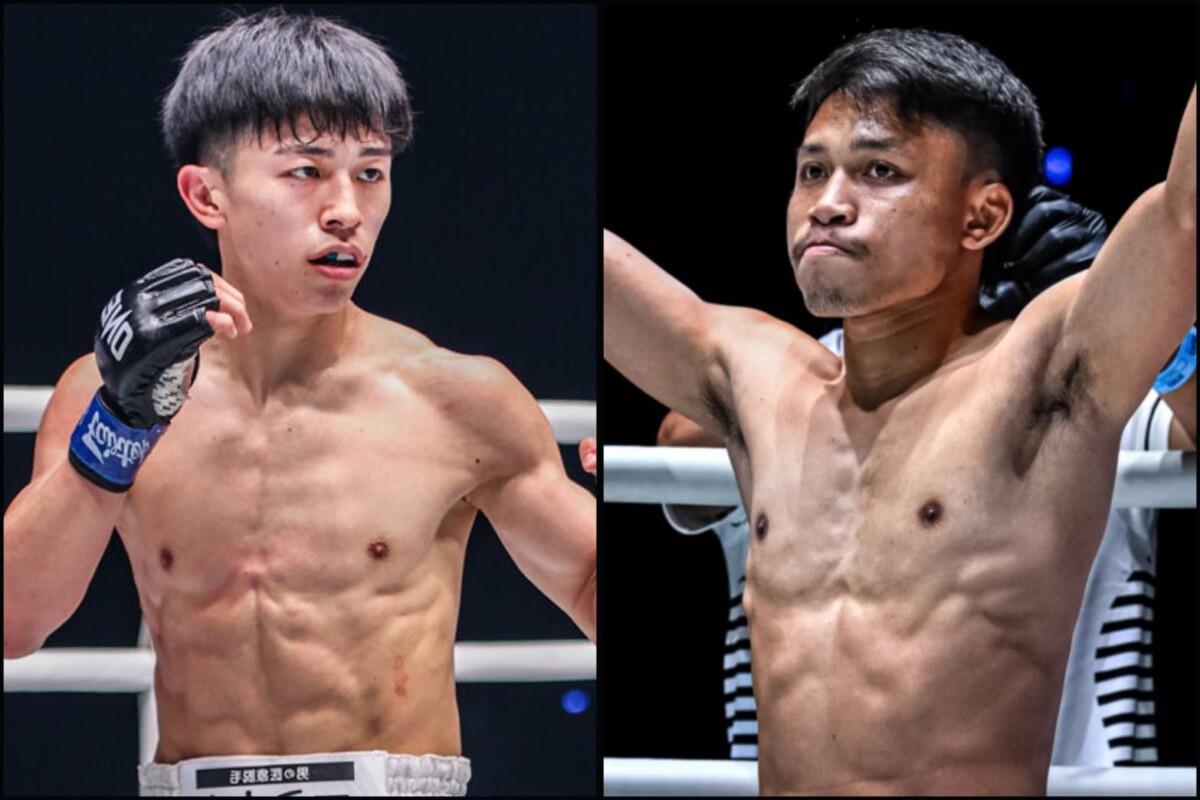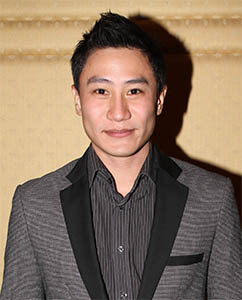We use cookies
We use cookies to improve your experience and performance on our website. You can manage your preferences by clicking "Change Preferences".Cookie Policy







Ticket :: 2000-1000
| Event | Fighter Name | Weight | Weight-In | Re-Weight | Weight | Handicap |
|---|---|---|---|---|---|---|
| 1 | Diogo Calado | 155-170 | 169.4 |
5/3 |
||
| Sheagh Dobbin | 169.4 | |||||
| 2 | Ivan Gnizditskiy | 185-205 | 202.8 |
3/1 |
||
| Khurshidbek Bozarboev | 201.8 | |||||
| 3 | Hu Ye | 115-125 | 124.4 |
|
||
| Ryuki Kawano | 123.8 | |||||
| 4 | Super Yay Chan | 138 | 135.6 |
|
||
| Muga Seto | 137.2 | |||||
| 5 | Arya Akbari | 163 | 161.8 |
5/4 |
||
| Fernando Amaya | 163 | |||||
| 6 | Komawut FA Group | 142 | 142 |
7/4 |
||
| Soner Sen | 141.8 | |||||
| 7 | Toyota Eaglemuaythai | 116 | 114.2 |
2/1 |
||
| YodUdon BS Muaythai | 114.2 | |||||
| 8 | Superchub Bang Saen Fight Club | 136 | 135.8 |
|
||
| Mohamed Taoufyq | 135.4 | |||||
| 9 | Chatpet Lampang Sports School | 160 | 158.6 |
2/1 |
||
| Tun Min Aung | 159.4 | |||||
| 10 | Lamsing Sor Dechapan | 128 | 127.2 |
|
||
| Pansak Wor Wantawee | 127.4 | |||||
| 11 | Samingdam NF Looksuan | 125-135 | 135 |
5/2 |
||
| Amir Naseri | 134 | |||||
| 12 | Worapon Lukjaoporongtom | 142 | 142 |
|
||
| Ilyas Musaev | 146.4 |

Ticket :: 1000
| Event | Fighter Name | Weight | Weight-In | Re-Weight | Weight | Handicap |
|---|---|---|---|---|---|---|
| 1 | Pornnabee Kluaychawang | 26.5 | 26.4 |
เสมอ |
||
| Mungkornngern Kiatboonsong | 26 | |||||
| 2 | Petchkla Powerpunch Gym | 22 | 22.5 | 0.5 | 22 |
|
| Pornadam Kluaychawang | 21.9 | |||||
| 3 | Chutmeechok Panniwat Muay Thai | 37 | 37.2 | 0.2 | 37 |
10/9 |
| Petchudon S.Phorborthong | 37.3 | 0.3 | ||||
| 4 | Pornsawan S.Saengchai | 41.5 | 41.7 | 0.2 | 41.5 |
10/9 |
| Yodpungtor Soonkelakudchim | 41.5 | |||||
| 5 | Bowielek Sujibameekiaw | 103 | 106 | 3 | 103 |
เสมอ |
| Sainamdoi Payakphulhuang | 102.5 | |||||
| 6 | Seksan Kuaybangkorlhaem | 102 | 101.7 |
10/9 |
||
| Prabmhod Petchnhongkee | 101.3 | |||||
| 7 | Robert Panniwat Muay Thai | 43 | 43.1 | 0.1 | 43 |
|
| Kaopohdaeng Saksaenphun | 42.6 | |||||
| 8 | Petchprakai Sitlhaungpheenamfon | 37.5 | 37.5 |
5/3 |
||
| Newsaenchai Kuaybangkorlhaem | 38 | 37.9 |

Ticket :: 2000-1000
| Event | Red Corner | Result | Blue Corner | Weight |
|---|---|---|---|---|
| 1 | Khundech S.Prembut | LOSE TKO R.5 | Tuangploy Panthong Gym | 106 |
| 2 | Sakpramuan HJK.Kubkubsutthi | LOSE PTS | Yodkhunpon Kiatjumroon | 113/114 |
| 3 | Duangsompong MJFightpointmuaythaigym | WIN TKO R.3 | Tiawhui Nhui93 | 120 |
| 4 | Nuengamnaj Aungubon | WIN PTS | Denphadang Daengroddee | 124 |
| 5 | Petchdara OndkhongohmWKO | LOSE TKO R.3 | Fone P.Petchmuaythai | 124 |
| 6 | Promlikhit Ballmahachai | LOSE TKO R.4 | Petcharwut S.Jaruwan | 111.5 |
| 7 | Bunlungpetch A.Ajchariya | WIN TKO R.3 | Lhanyamo Sitmontchai | 112 |
| 8 | Petchrungruang S.Jaruwan | LOSE PTS | Kaipa P.Wiset Gym | 131 |
| 9 | Patiharn P.Lakbun | WIN PTS | Petchchonlatarn K.Adisak | 132 |